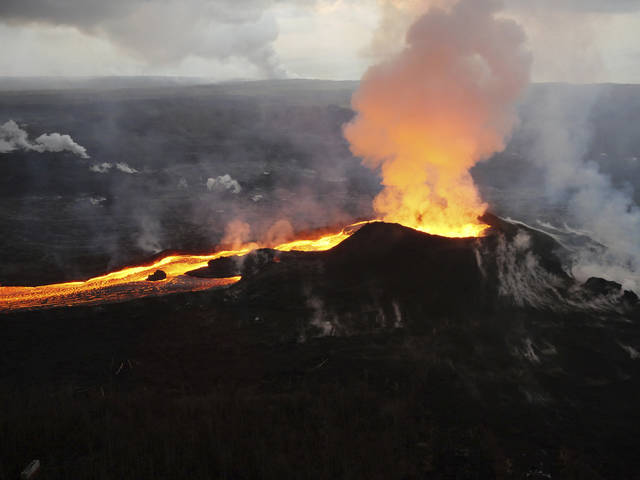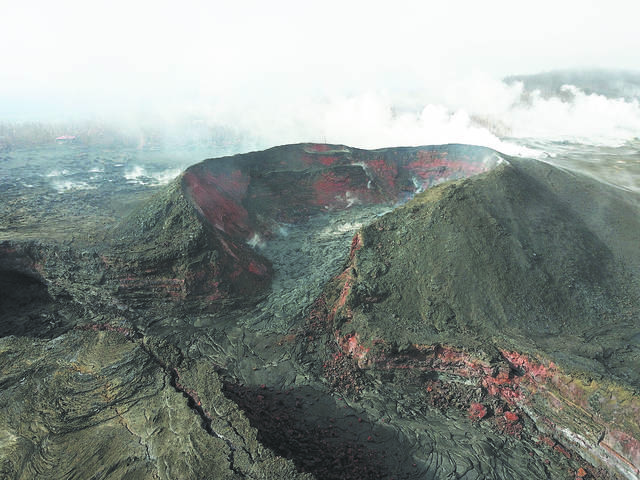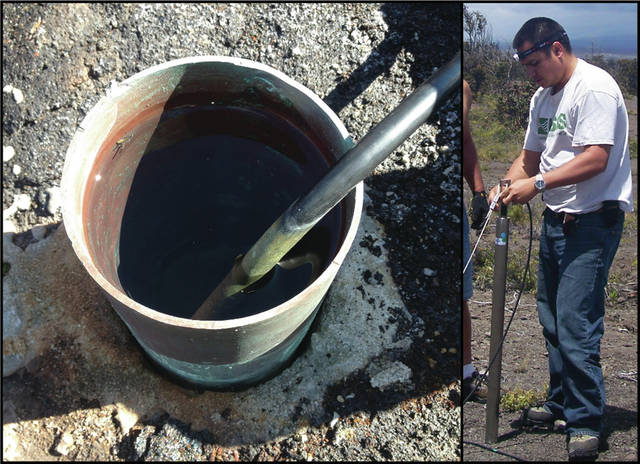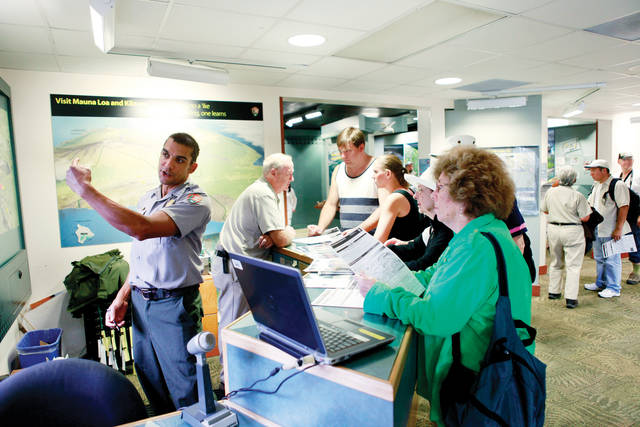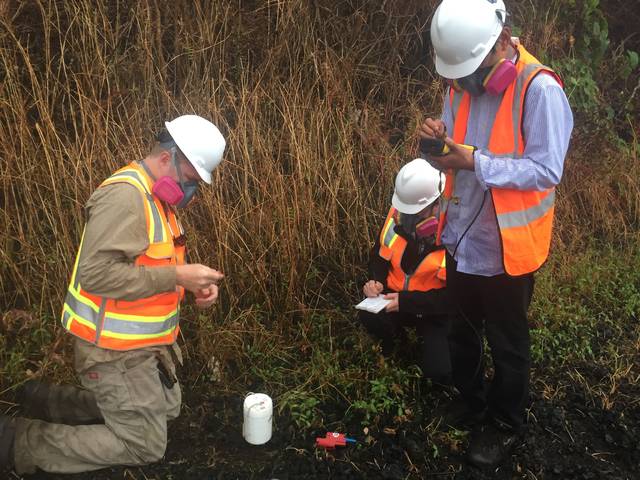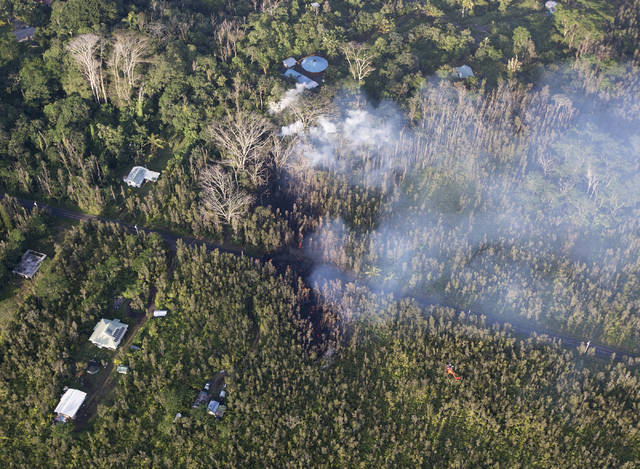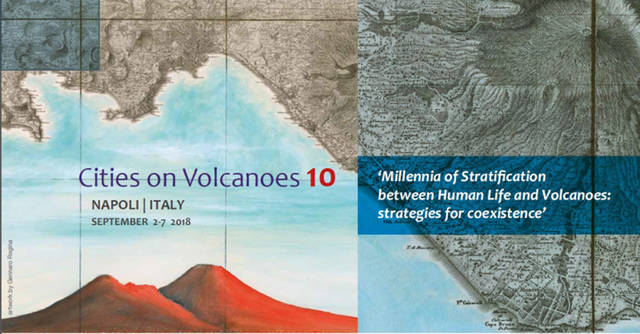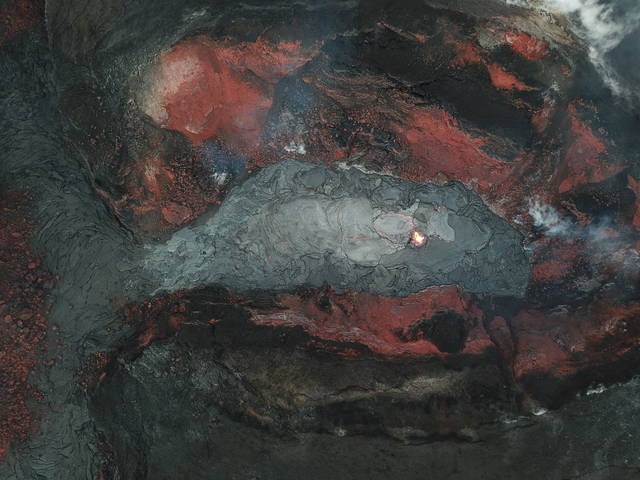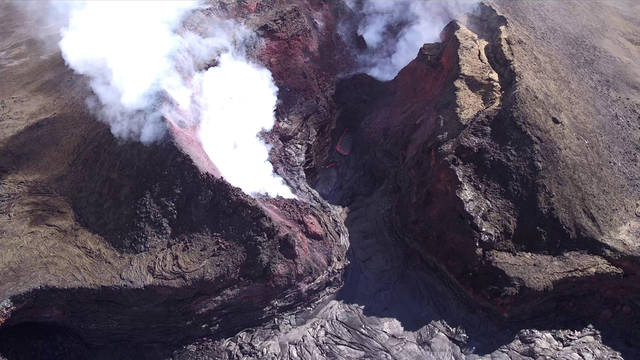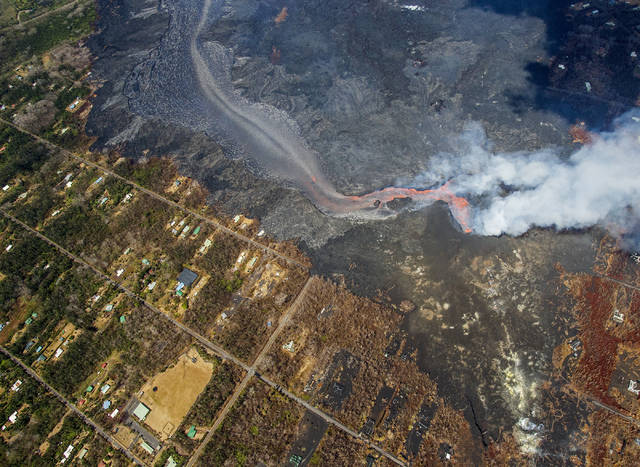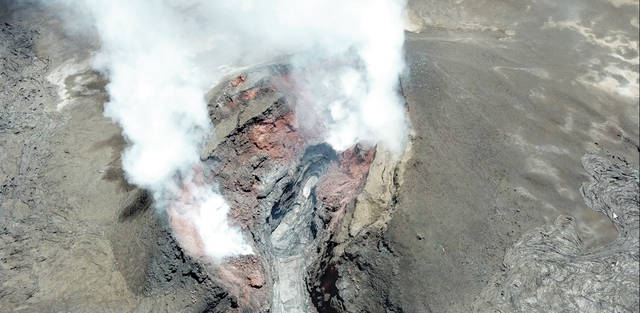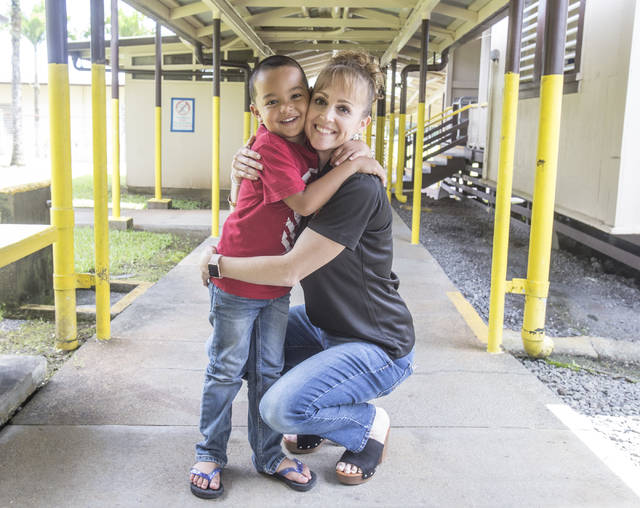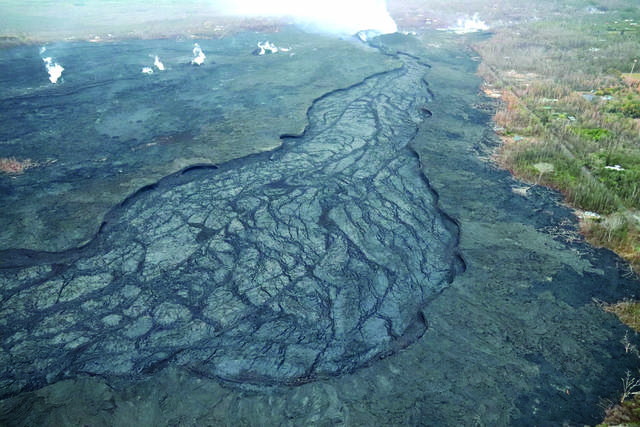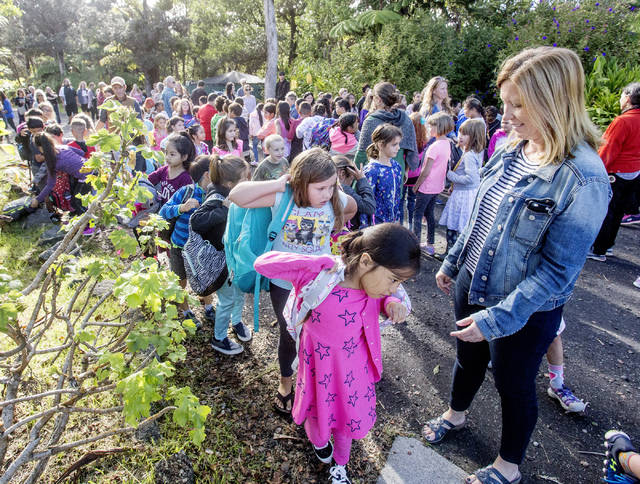Kilauea 2018 events mark a watershed for volcano science
VOLCANOES NATIONAL PARK — The 2018 summit collapse and lower East Rift Zone eruption at Kilauea Volcano were dramatic and, for many Island of Hawaii residents, tragic events. As with all eruptive crises, these events offered exceptional opportunities to learn more about how volcanoes work and to answer some “bigger picture” questions.
Kilauea tops list of ‘very high threat’ US volcanoes
WASHINGTON — Government scientists have classified 18 U.S. volcanoes as “very high threat” because of what’s been happening inside them and how close they are to people.
Hawaii Volcanoes National Park seeing around 2,000 daily visitors since reopening
Volcano collapses mark the beginning and end of USGS scientist’s career
VOLCANOES NATIONAL PARK — My 37-year stint with the U.S. Geological Survey—16 years at the Cascades Volcano Observatory (CVO) and 21 at the Hawaiian Volcano Observatory (HVO) — ends this month.
Lava viewing site takes shape
HILO — “Managing expectations” will be key to the success of a public-private partnership to create a lava viewing area now that the lava flow has subsided.
Tiltmeters measure tiny changes that can have big consequences
VOLCANOES NATIONAL PARK — The USGS Hawaiian Volcano Observatory (HVO) uses a diverse set of instruments to monitor active volcanoes in Hawaii. These include seismometers, gas sensors, GPS stations, and webcams. Each provides a unique type of data critical to understanding volcanic systems.
Hawaii Volcanoes National Park reopens Saturday
Lava recovery wish list scaled down by county
Seismic array deployed to better understand magma transport during Kilauea’s eruption
Kilauea Volcano’s 2018 lower East Rift Zone eruption and summit collapse provided a rare opportunity to study dynamic eruptive processes beneath and at the surface of the volcano.
FEMA, SBA deadlines pass
HVO represents at worldwide volcano summit 10 in Italy
VOLCANO — In 1902, Thomas A. Jaggar, a geologist and founder of the Hawaiian Volcano Observatory (HVO), visited the scene of one of the most deadly volcanic disasters in modern history: Mount Pelee on the Caribbean Island of Martinique.
Kilauea’s sulfur dioxide emissions drop to lowest level in 11 years
HILO — With Kilauea’s volcanic activity at the summit and in lower Puna evidently on pause, volcanic gas emissions from the volcano have reached their lowest levels in more than a decade.
Kilauea’s pause gives relief to animal rescuers
HILO — Efforts continue to bring animals stranded in restricted lava zones to safety, and the current break in the Kilauea eruption means rescue crews can do so with greater ease.
Scientists downgrade alert level for Kilauea
HONOLULU — Slowing activity at Kilauea volcano is prompting scientists to downgrade their alert level for the mountain.
Hawaii County request for $680 million detailed
Pohoiki boat ramp ‘totally blocked by sandbar’
HILO — “The Pohoiki boat ramp is totally blocked by a sandbar.”
More than $30M approved for those affected by eruption
HILO — More than $30 million in federal aid has been approved for people affected by the Kilauea eruption in lower Puna.
Pahoa students return to school following eruption
HILO — It was quiet on the campus of Pahoa Elementary School Tuesday morning.


